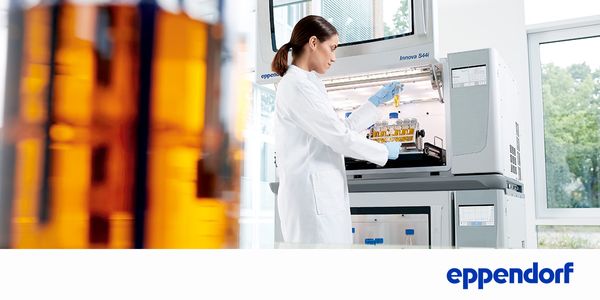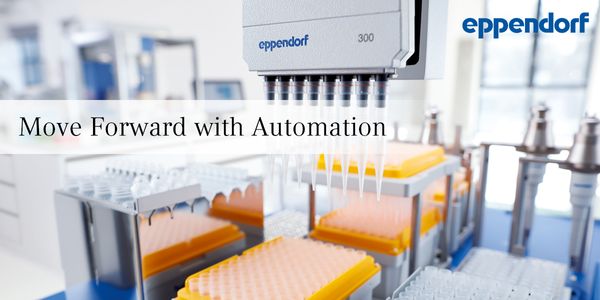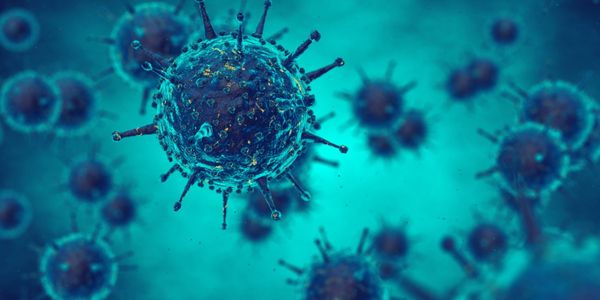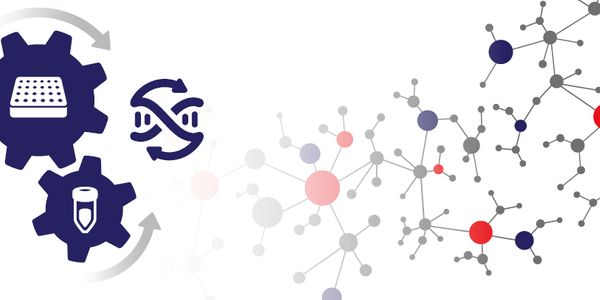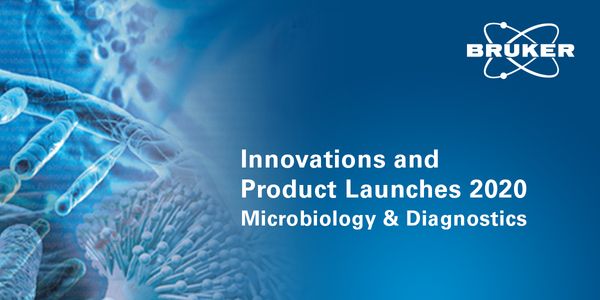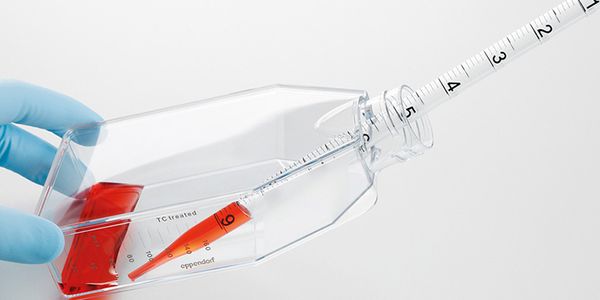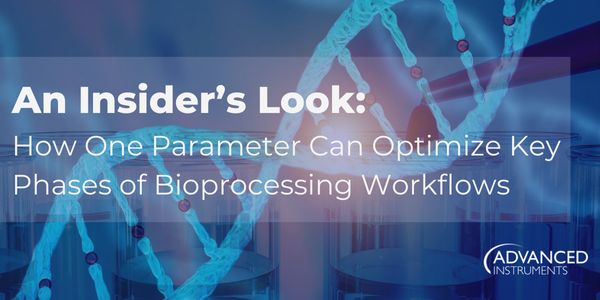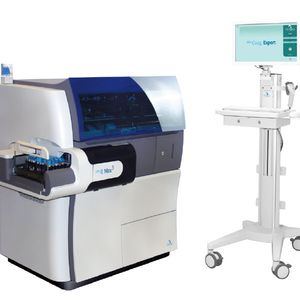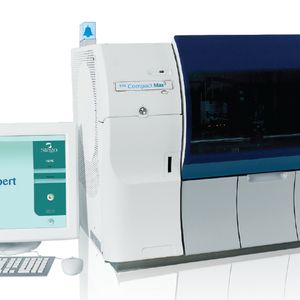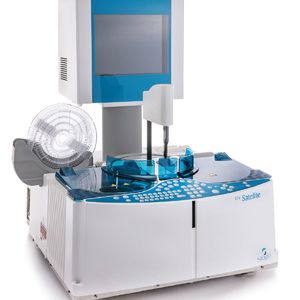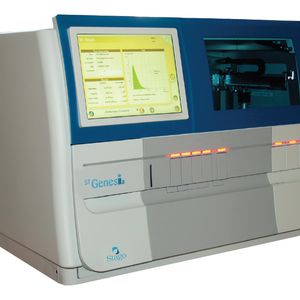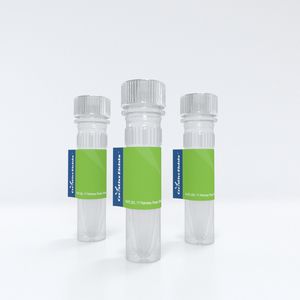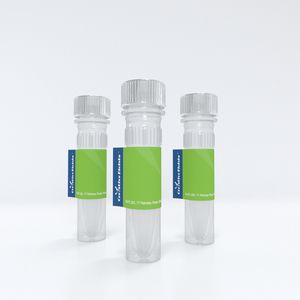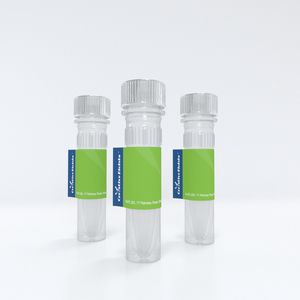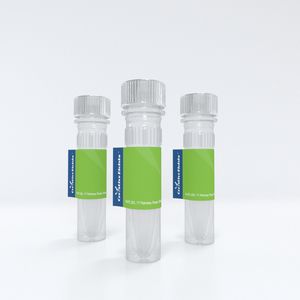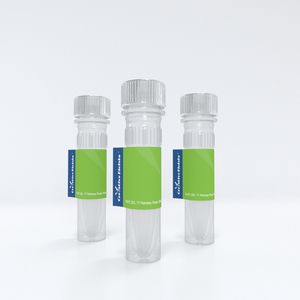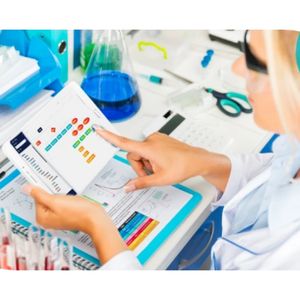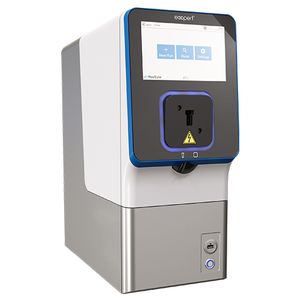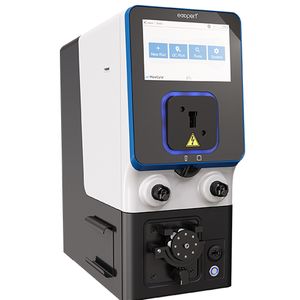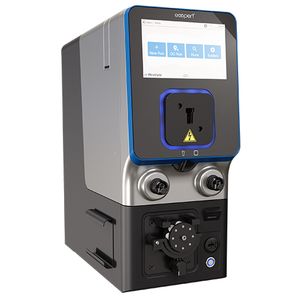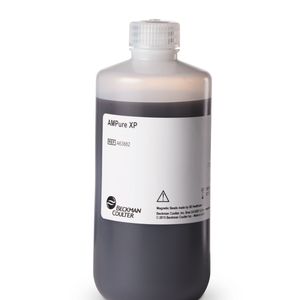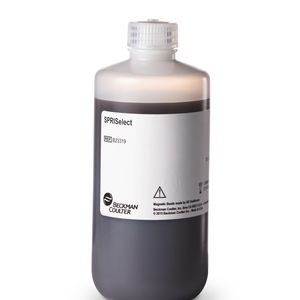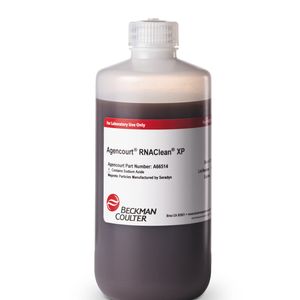Microbiology Webinars
This compilation of webinars touch on the various human diseases are most commonly attributed to the subject matter of microbiology, as well as the many microbes that are also responsible for numerous beneficial processes.
Show More
-
DEC 03, 2020 | 9:00 AMDate: December 3, 2020 Time: 9:00am (PDT), 12:00pm (EDT) Scientific cameras used in applications such as light sheet microscopy and calcium/voltage imaging put a large emphasis on high speed...
-
DEC 02, 2020 | 8:00 AMDATE: December 2nd, 2020 TIME: 08:00am PDT, 11:00pm EDT Bioreactors and shakers are used to cultivate microorganisms, plant, insect, and mammalian cells in different volumes. Upscaling of pr...
-
NOV 10, 2020 | 7:00 AMDATE: November 10, 2020 TIME: 7:00am PDT, 10:00am EDT Automation can provide tremendous benefits such as increased pipetting precision and accuracy, productivity, and throughput. Numerous wo...
-
NOV 09, 2020 | 10:00 AMDate: November 9th, 2020 Time: 10:00am PDT SARS-CoV-2 continues to spread rapidly with critically ill patients admitted to the intensive care unit (ICU), where the mortality rate is reported...
-
OCT 22, 2020 | 8:00 AMAbstract: Detection and/or amplification of target DNA sequences by polymerase chain reaction (PCR) is a prevalent method in molecular biology. PCR has a broad range of applications, includi...
-
OCT 13, 2020 | 5:00 AMDate: October 13, 2020 Time: 5:00am (PDT), 8:00am (EDT) Dr. Markus Kostrzewa shall ellaborate the progress that has been made in Bruker Microbiology Research and Development, including new p...
-
OCT 08, 2020 | 7:00 AMDATE: October 8, 2020 TIME: 7:00am PDT, 10:00am EDT, 4:00pm CEST How often do you pipette in your cell culture lab every day? Usually, we do it so often that we tend stop thinking about ho...
-
SEP 22, 2020 | 7:00 AMDATE: September 22, 2020 TIME: 7am PDT, 10am EDT, 4pm CEST Shakers and bioreactors are established versatile systems for cultivating microorganism, plant, and animal cells......
-
While global demand for food is expected to increase significantly (70% by 2050), the agricultural industry is suffering from a decline in soil fertility, the adverse effects of climate chan...
While live cell imaging offers advantages over traditional static imaging, this approach has been challenging for studying microbes due to the difficulty in tracking very small cells in a si...
In Pacific Northwest watersheds several species of Pacific salmonid fishes are hosts for the rhabdovirus infectious hematopoietic necrosis virus (IHNV). In this multi-host ecosystem speciali...
In this webinar, we will present QIAGEN CLC Genomics Workbench and its utility for bacterial isolate identification, strain discrimination using core genome multi-locus typing (cgMLST) and d...

